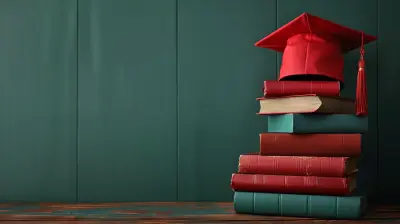The Role of Music Therapy in Supporting Special Needs Students
25 June 2025
Let’s be real for a second—education isn’t one-size-fits-all. Some kids thrive with textbooks and lectures (who are these unicorns?), while others need something a little more… rhythmic. Welcome to the magical world of music therapy—where drums, melodies, and even a cowbell or two step into the classroom and make actual learning magic happen, especially for our brilliant special needs students.
Yeah, it sounds like a plot from a feel-good movie, but music therapy is the real MVP in many special education settings. So grab your air guitar, because we’re about to jam out to how music therapy is changing the game for students with special needs.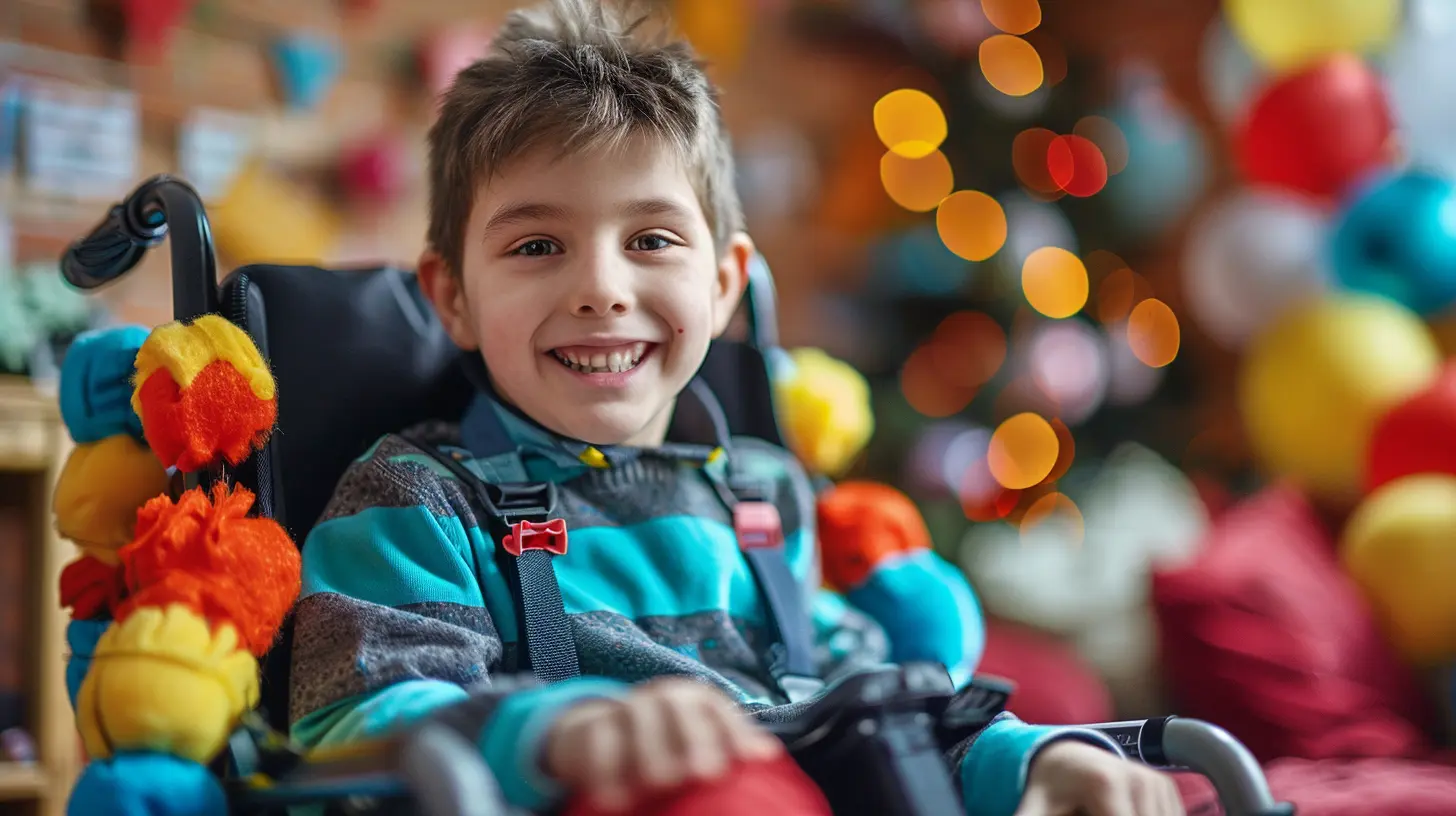
🎵 What On Earth Is Music Therapy, Anyway?
You know that moment when your favorite song comes on and your whole mood lifts? That’s not just good taste—it's science. Music therapy is the use of music by trained professionals (not just your friend who can play Wonderwall on guitar) to address physical, emotional, cognitive, and social needs in individuals.Officially, it’s done by a credentialed professional—aka a music therapist—who’s skilled at using everything from rhythm to songwriting to help people grow, heal, and connect. And when it comes to kids with special needs? It’s practically a superpower.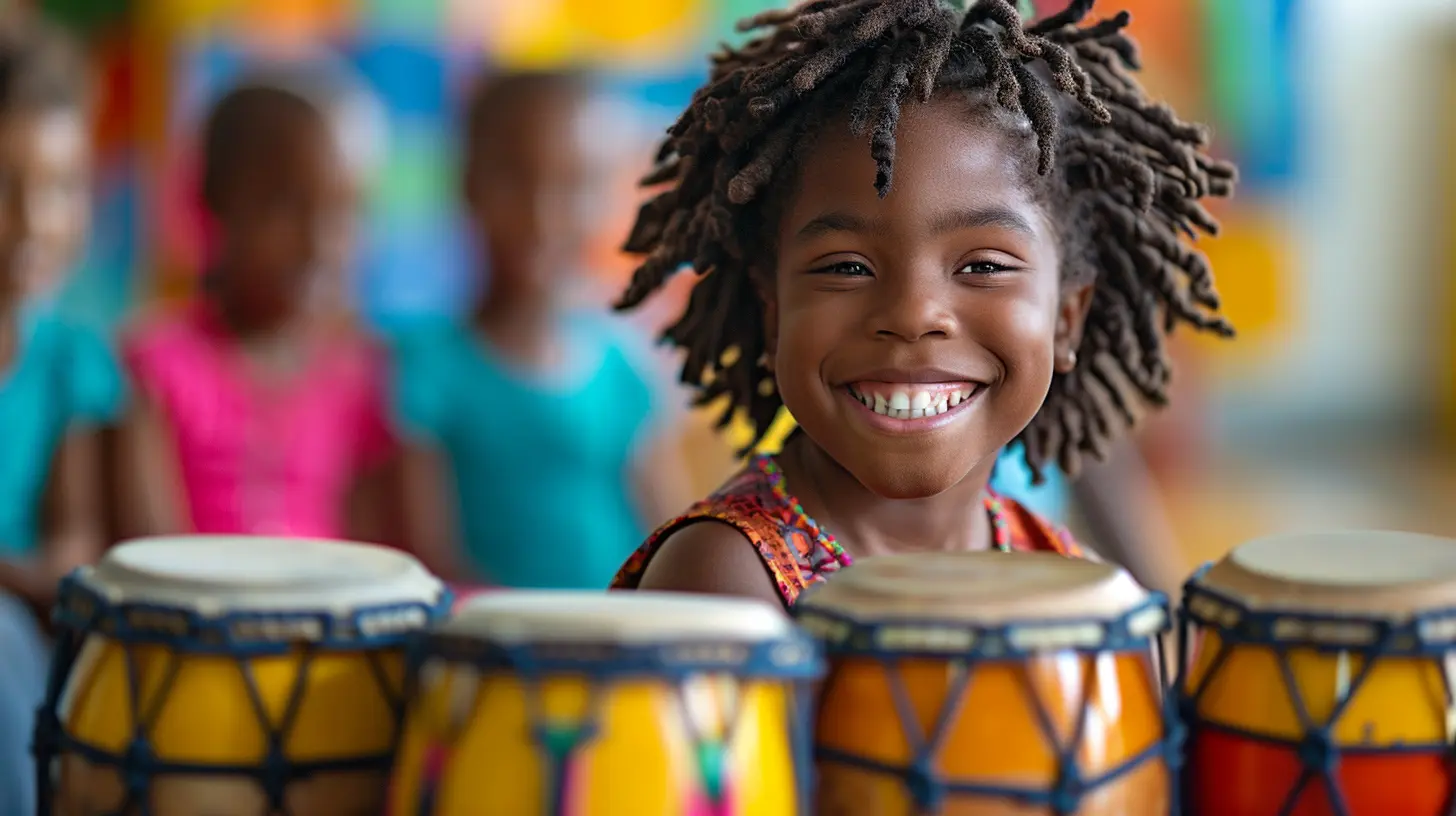
🎧 Music, Meet Special Needs
Let’s face it: traditional classroom settings weren’t exactly designed for neurodivergent minds or students with disabilities. Often, those environments are full of noise—both literally and figuratively—that make learning difficult.Here’s where music therapy comes in, stepping softly (or dramatically, depending on the soundtrack) to offer:
- Sensory regulation (because a loud, chaotic classroom is a no-go)
- Emotional expression (sometimes you just need to drum it out, OK?)
- Social interaction skills (duets, anyone?)
- Cognitive development (yes, music actually lights up the brain like a Christmas tree)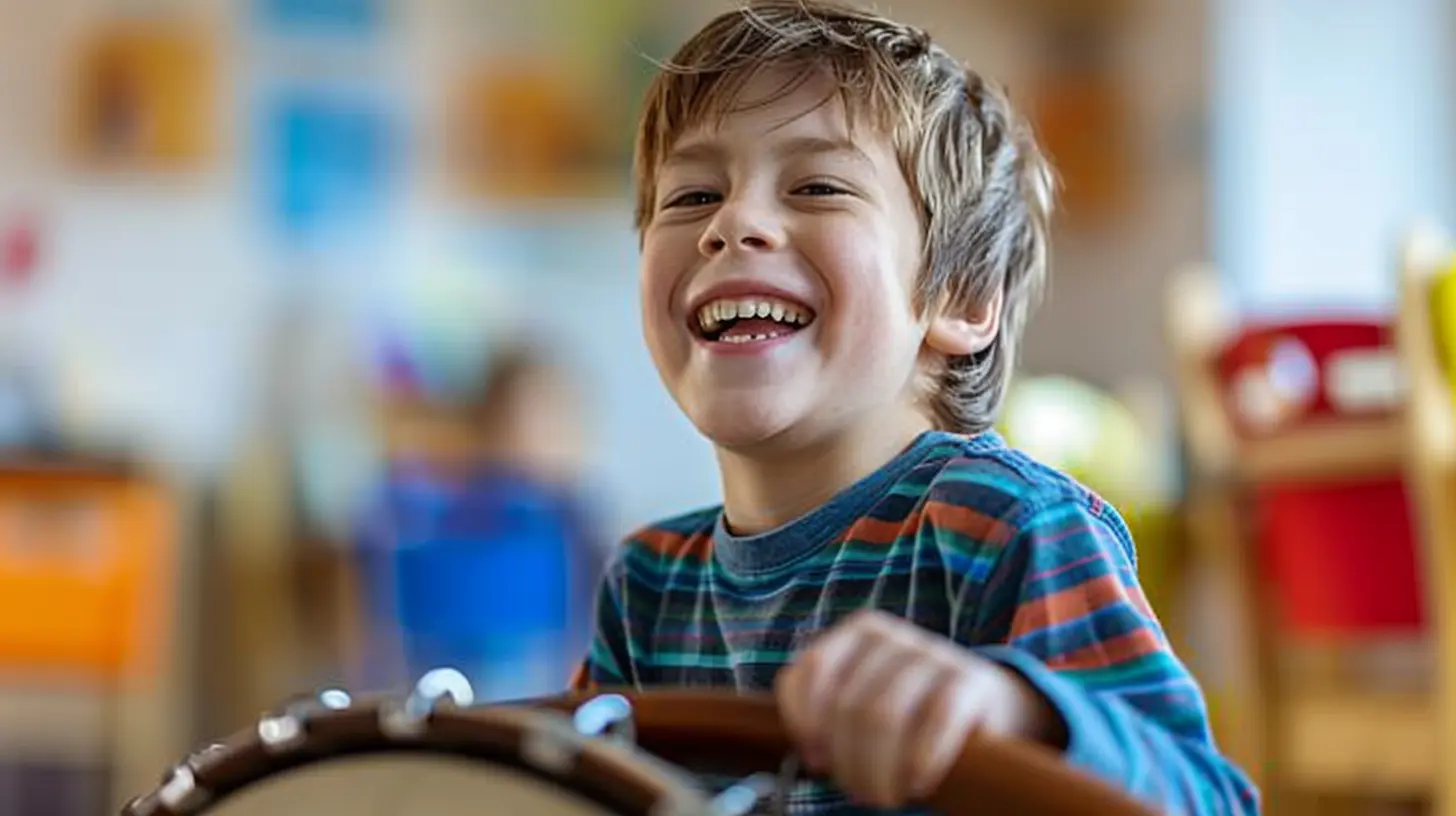
🥁 Why It Works: No, Really
Let’s not get too technical here (this isn’t a neuroscience blog), but the TL;DR is this: music hits more parts of the brain than pretty much anything else. It activates the motor cortex, auditory cortex, emotional centers, memory—you name it.Music therapy doesn’t just engage one learning style. Oh no. It bundles auditory, kinesthetic, visual, and emotional elements into one delightfully creative package. Basically, it’s like the Swiss Army knife of interventions.
And for students with conditions like autism spectrum disorder, ADHD, Down syndrome, or physical disabilities? That kind of multi-sensory engagement can make a world of difference.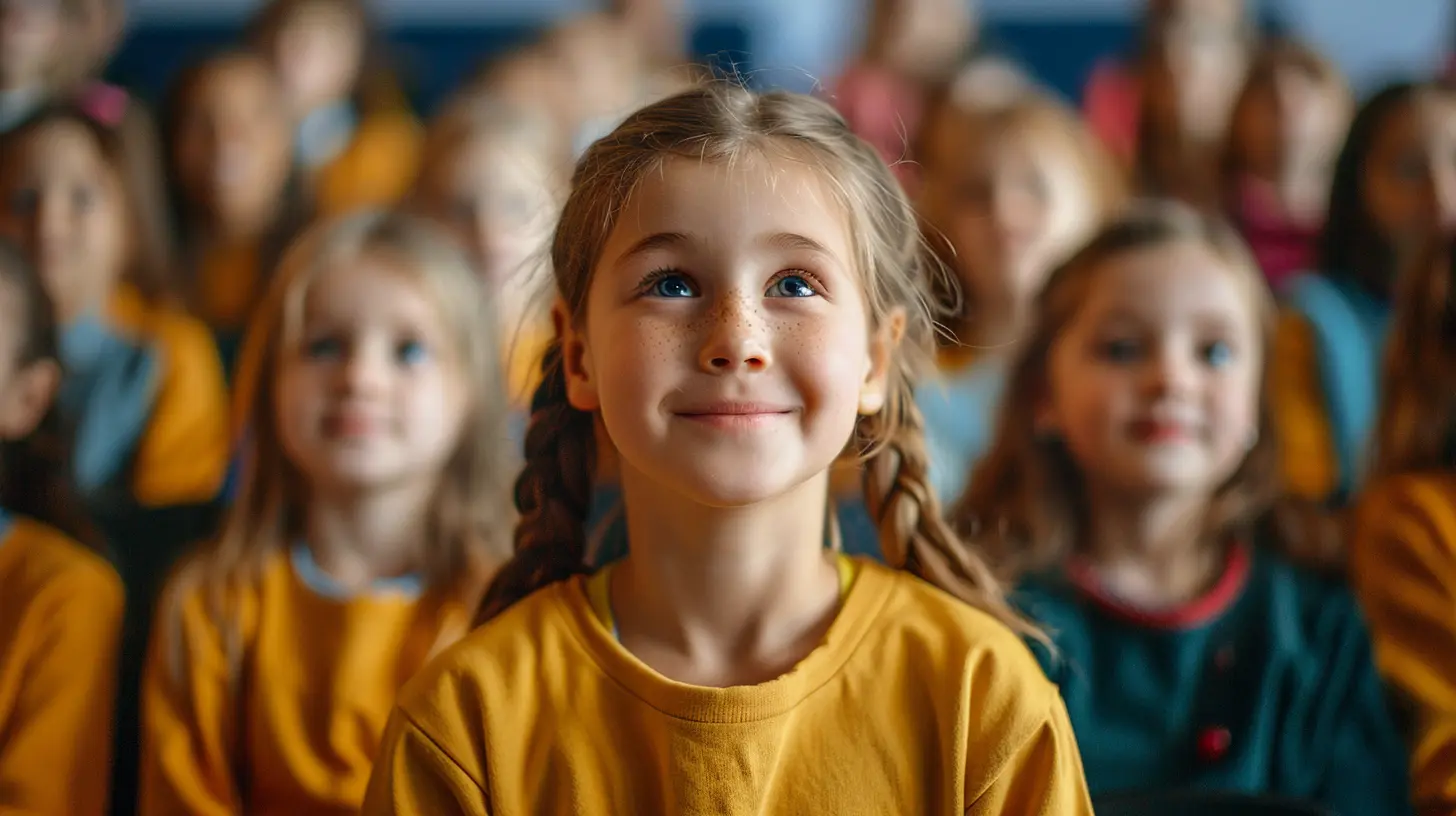
🧠 Music Therapy & Autism: A Match Made in Harmony
If there was ever a power couple in the world of special education, it’s music therapy and autism spectrum disorder (ASD). Why? Because music often speaks when words fail. Literally.Many individuals with ASD struggle with verbal communication or social cues. But give them a drum, a melody, or a rhythm, and suddenly—bam!—they’re interacting, communicating, and even expressing emotion.
Music therapy for students with autism can support:
- Improved speech and language (through singing, vocal warm-ups, rhythmic speaking)
- Enhanced social skills (hello, musical turn-taking)
- Self-regulation (think soothing lullabies when the world feels too loud)
Music doesn’t require eye contact or small talk—it communicates on a different plane. And for many autistic students, that’s exactly the kind of language that makes sense.
💃 Movement, Music, and Milestones
No offense to sitting still and reciting the alphabet (yawn), but sometimes a kid just needs to move. Enter rhythmic movement activities—dancing, marching, clapping along with a beat. These aren’t just fun distractions; they help develop:- Motor skills
- Body awareness
- Spatial reasoning
- Balance and coordination
For students with physical disabilities or motor planning issues, music therapy bridges the gap between therapy and play. And let’s be honest, playing is way more fun than therapy.
🎤 Building Confidence One Note at a Time
Raise your hand if you’ve ever belted out a heartbreak anthem in the shower? (We see you, Adele impersonators.)That cathartic power of singing isn’t just for adults post-breakup. For kids—especially those with anxiety or self-esteem challenges—music therapy creates a space where making noise is encouraged. Like, loudly.
Confidence comes from mastery, expression, and being seen. So when a student writes their own song or performs their own rhythm sequence? That’s not just music—it’s empowerment. And yes, it deserves a standing ovation.
👫 The Social Symphony: Group Music Therapy
Group music therapy is where the magic of music collides with the power of peer interaction. Think jam sessions, musical games, and collaborative songwriting.What do these activities teach our students?
- Turn-taking
- Listening
- Cooperation
- Shared success
Basically, it’s group work that doesn’t make you want to cry. Music turns social interactions into less of an anxiety-fueled minefield and more of a synchronized dance.
🎹 Music Therapy in the Classroom: Not Just a “Special” Activity
Contrary to popular belief, music therapy isn’t just something that happens in a quiet room down the hall while the rest of the class is doing “real” learning.Um, excuse me? Music therapy is real learning. And more schools are integrating it into IEPs (Individualized Education Programs), making it part of the daily schedule, not a side hustle.
When used consistently, music therapy supports academic goals like:
- Math (hello, rhythm and pattern recognition!)
- Reading (through lyrics, phonemic awareness, rhyming)
- Memory and recall (thanks to catchy tunes you’ll never forget)
It’s not just fluff. It’s neuroscience-backed, data-supported, and—let’s be honest—more fun than worksheets.
👩🏫 What Music Therapists Actually Do (Hint: It’s Not Just Playing Guitar)
You might imagine a music therapist as someone strumming a few chords and calling it a day. Nope. These folks are highly trained professionals—think Master’s degrees, clinical internships, and board certifications.They assess students, create individualized treatment goals, chart progress, and collaborate with educators, families, and therapists. It’s part art, part science, and a whole lot of heart.
They might incorporate:
- Improvisation (like jazz, but therapeutic)
- Songwriting (because writing your own anthem is next-level healing)
- Instrument play (tiny tambourines pack a punch)
- Music-assisted relaxation (move over, meditation apps)
🧐 Common Myths About Music Therapy (Let’s Bust ‘Em)
Let’s squash a few misconceptions, shall we?Myth 1: “Music therapy is just singing songs with kids.”
Reality: It involves clinical assessments, goal-setting, and evidence-based interventions. It’s not a karaoke party (though those can also be therapeutic).
Myth 2: “Only musically talented kids benefit from it.”
Reality: You don’t need to carry a tune or keep rhythm. Heck, you don’t even need to like music (though it helps).
Myth 3: “It’s just entertainment.”
Reality: It’s therapy that happens to be engaging and joyful. Novel concept, right?
🥇 Real Talk: Music Therapy Changes Lives
Listen, there’s no such thing as a silver bullet in education. But if there were, music therapy would be loaded in the chamber.It’s adaptable, inclusive, and builds bridges where words often fail. For students with special needs, music therapy isn’t just an enrichment—it's a legitimate, powerful modality for growth, learning, and emotional well-being.
Whether it’s helping a nonverbal child say their first word through song, or guiding a socially anxious student to lead a drum circle, the impact is undeniable.
It’s music with a mission. And honestly, the world could use a little more of that.
🎶 Final Chorus: How You Can Support Music Therapy
You’re probably wondering, “Okay, but how do I help bring more music therapy into schools?” Great question, rockstar.Here’s what you can do:
- Advocate! If you’re a parent, ask about music therapy services in your child’s IEP.
- Push for funding—school boards often don’t realize how valuable music therapy is.
- Support nonprofits or grant programs that provide music therapy in underserved schools.
- And hey, if you’ve got the skills, consider becoming a music therapist yourself. (Bonus: you get to play instruments all day.)
🎤 Encore: Because Every Voice Deserves To Be Heard
At the end of the day, education should be about meeting kids where they are—not forcing them into a mold. Music therapy doesn’t just meet special needs students halfway; it dances up to them with a melody in tow and says, “Hey, let’s do this together.”It’s not about fixing them. It’s about giving them tools to express, connect, and shine.
So whether it’s a tambourine in their hand, a melody on their lips, or a spark in their eye—music therapy opens doors that were once firmly locked.
And sometimes, the key is as simple as a song.
all images in this post were generated using AI tools
Category:
Special EducationAuthor:

Monica O`Neal
Discussion
rate this article
2 comments
Alana McGrath
Ah yes, because nothing says 'academic success' like a kazoo solo and a sprinkle of glitter therapy. Truly groundbreaking!
September 14, 2025 at 4:44 AM

Monica O`Neal
Thank you for your perspective! Music therapy, including playful elements like kazoos and glitter, can foster creativity and emotional expression in students, which is an important part of their academic success.
Zayla Kirk
Music therapy empowers special needs students to thrive beautifully!
July 2, 2025 at 12:50 PM

Monica O`Neal
Thank you! Music therapy truly enriches the lives of special needs students, fostering growth and expression.

